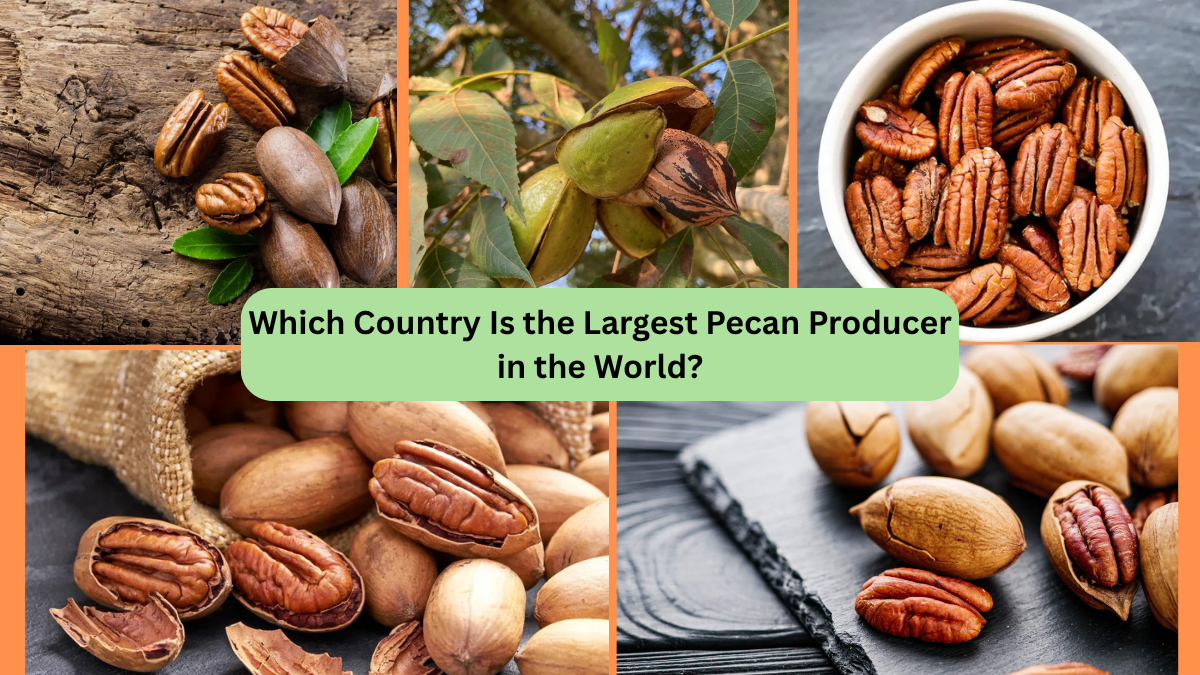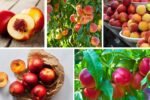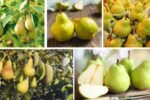Pecans — with their buttery texture, rich flavor, and nutritional value — have long held a special place in kitchens, bakeries, and gourmet markets around the globe. Often starring in classic recipes like pecan pie, pralines, and roasted snack mixes, this humble nut has become a prized crop with increasing international demand. But have you ever wondered which country leads the world in pecan production? Let’s take a deep dive into the fascinating world of pecan cultivation and discover where these delicious nuts grow in abundance.
A Brief Introduction to Pecans
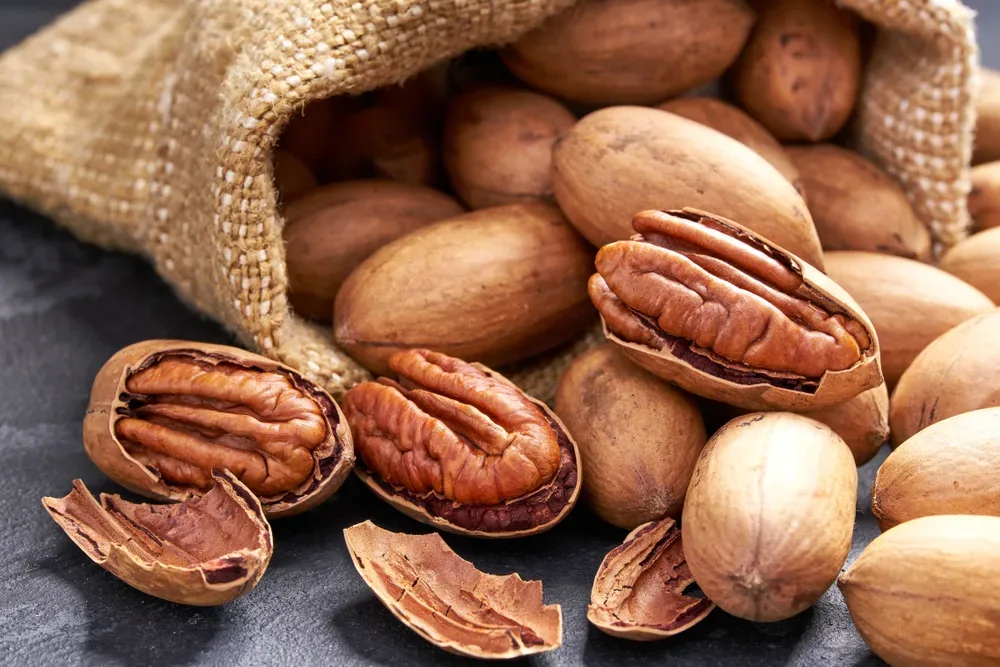
Pecans (Carya illinoinensis) are a species of hickory native to North America. Indigenous peoples, especially Native American tribes in the southern United States and northern Mexico, were the first to harvest and consume pecans centuries ago. The word “pecan” is derived from the Algonquin word pacane, meaning “a nut requiring a stone to crack.”
Botanically classified as a drupe — a fruit with a single stone or pit surrounded by a husk — pecans grow on tall, graceful trees that can live for over 300 years and reach heights of up to 100 feet. They thrive in warm temperate climates with long, hot summers and moderate winters, conditions found primarily in the southern United States and parts of Mexico.
The United States: The Undisputed Leader
When it comes to pecan production, the United States reigns supreme. The U.S. is the largest producer of pecans in the world, contributing between 65% and 80% of the global supply depending on the year.
Pecan Production Statistics
According to the United States Department of Agriculture (USDA), the U.S. produced approximately 305 million pounds (about 138,000 metric tons) of in-shell pecans in the 2022–2023 season. That number can vary based on growing conditions, market demand, and weather patterns.
The United States also leads the world in the export of pecans. Major export destinations include Canada, China, the European Union, the United Kingdom, and the Middle East, with global demand continuing to rise due to pecans’ recognized health benefits and culinary versatility.
Where Pecans Grow in the U.S.
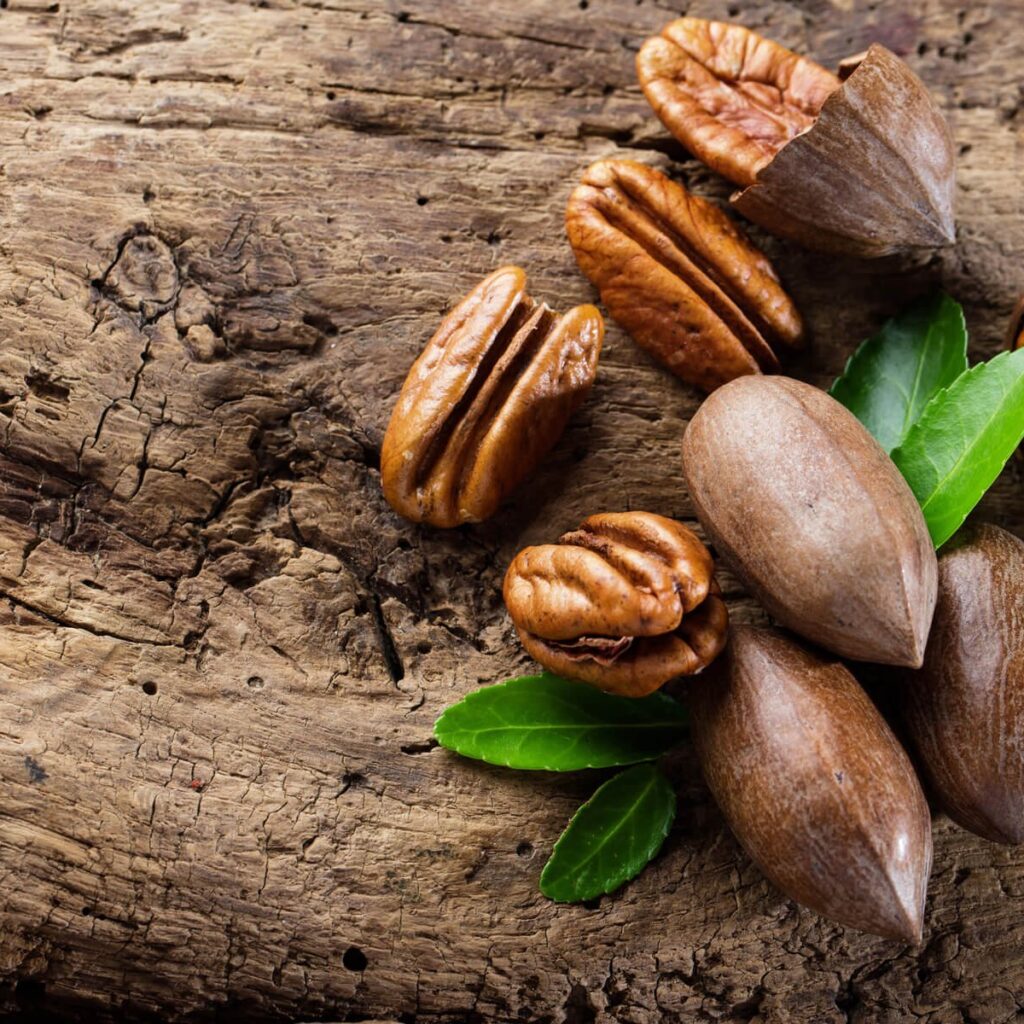
Within the United States, pecans are cultivated in 14 states, primarily in the southeastern and southwestern regions where the climate is ideal. The three largest pecan-producing states are:
Georgia
Often referred to as “The Pecan Capital of the World,” Georgia consistently ranks as the top pecan-producing state. The state’s long growing season, fertile soil, and humid subtropical climate make it perfect for growing high-quality pecans. In an average year, Georgia produces over 100 million pounds of in-shell pecans — more than any other state.
New Mexico
Known for its arid climate and fertile river valleys, New Mexico has emerged as a significant player in pecan production. Its dry conditions help minimize common pecan tree diseases, contributing to higher yields. New Mexico typically produces over 90 million pounds of pecans annually, with orchards concentrated around the Mesilla Valley near Las Cruces.
Texas
As the native home of the pecan tree, Texas has a long and storied history with this crop. While it ranks third in overall production, the state’s wild native pecans, which grow along riverbanks and in woodlands, are highly prized for their unique, rich flavor.
Other pecan-producing states include Arizona, Oklahoma, Alabama, Louisiana, Mississippi, and Arkansas.
Mexico: The Growing Competitor
While the United States is still the top producer, Mexico has rapidly expanded its pecan industry in recent decades. Today, Mexico ranks as the second-largest pecan producer in the world, contributing around 25% of the global supply.
Expansion and Export Growth
Mexico’s pecan orchards are primarily located in the northern states of Chihuahua, Coahuila, Sonora, and Durango. The country’s warm, dry climate is ideal for pecan cultivation, and government support for agricultural exports has fueled rapid growth.
In recent years, Mexico’s annual pecan production has surpassed 280 million pounds (about 127,000 metric tons), and much of this harvest is exported to international markets, including the United States, China, and Europe.
Mexico’s consistent investment in modern irrigation systems, disease management, and high-yield varieties has strengthened its position as a global leader in pecan farming.
Other Emerging Pecan Producers

While the U.S. and Mexico dominate the global pecan market, other countries have begun investing in pecan orchards as international demand continues to climb. Notable producers include:
- South Africa: The largest pecan producer outside of North America. South Africa’s favorable climate and modern agricultural practices have led to impressive growth, with annual production surpassing 20 million pounds (9,000 metric tons).
- Australia: With production centered in New South Wales and Queensland, Australia produces around 10 million pounds (4,500 metric tons) annually.
- Argentina, Brazil, and Peru: These South American nations are also expanding pecan orchards, albeit on a smaller scale compared to the U.S. and Mexico.
As consumer awareness of pecans’ health benefits increases, more countries are exploring commercial pecan cultivation to meet growing demand.
Health Benefits Driving Global Demand
The rise in pecan production is fueled in part by increased awareness of the nut’s nutritional benefits. Pecans are an excellent source of:
- Heart-healthy monounsaturated fats
- Antioxidants
- Vitamin E
- Zinc
- Fiber
Studies have linked pecan consumption to improved heart health, reduced inflammation, better cholesterol levels, and enhanced brain function. As more people turn to plant-based diets and seek out superfoods, pecans have earned a spot on health-conscious grocery lists worldwide.
Challenges Facing the Pecan Industry
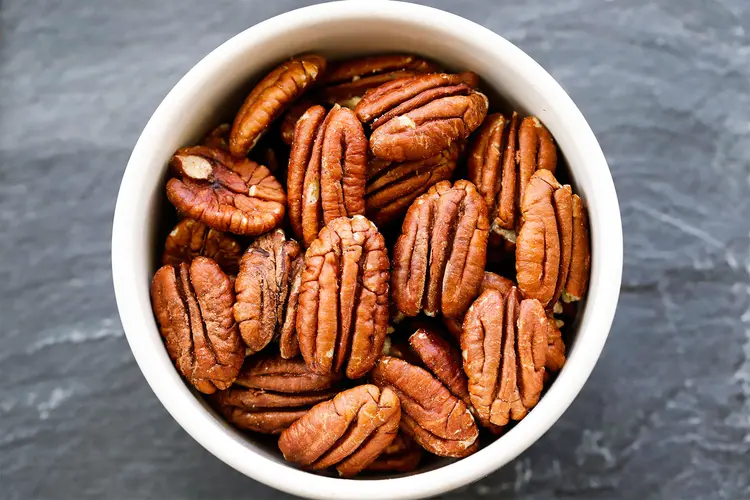
Despite its successes, the pecan industry faces several challenges:
- Climate Change: Increasingly unpredictable weather patterns, droughts, and hurricanes threaten harvests, particularly in the southeastern U.S.
- Pecan Scab: This fungal disease affects pecan trees in humid regions, causing significant crop losses without careful management.
- Water Demand: Pecans require ample water, especially during nut development. Efficient irrigation systems are crucial in arid growing regions.
- Labor Costs and Supply Chains: Harvesting, processing, and exporting pecans involves significant labor and logistics, which can impact profitability.
The Future of Pecan Production

The global pecan market is expected to continue growing in the coming years, with increased consumption in Asia, the Middle East, and Europe. Industry experts predict more investment in disease-resistant cultivars, precision farming technologies, and sustainable water management.
While the United States is likely to maintain its title as the world’s largest pecan producer in the near future, Mexico’s rapid expansion and South Africa’s emergence as a global supplier hint at an increasingly competitive international market.
Final Thoughts
To answer the question plainly: the United States remains the largest pecan producer in the world, responsible for over two-thirds of the global harvest. Georgia, New Mexico, and Texas lead the way within the U.S., while Mexico stands as a close second, making significant strides in production and export.
With rising global demand, health-conscious consumers, and continued investment in cultivation technology, the pecan industry is poised for exciting growth in the years ahead — and more countries may soon join the race to produce this beloved, nutrient-rich nut.
